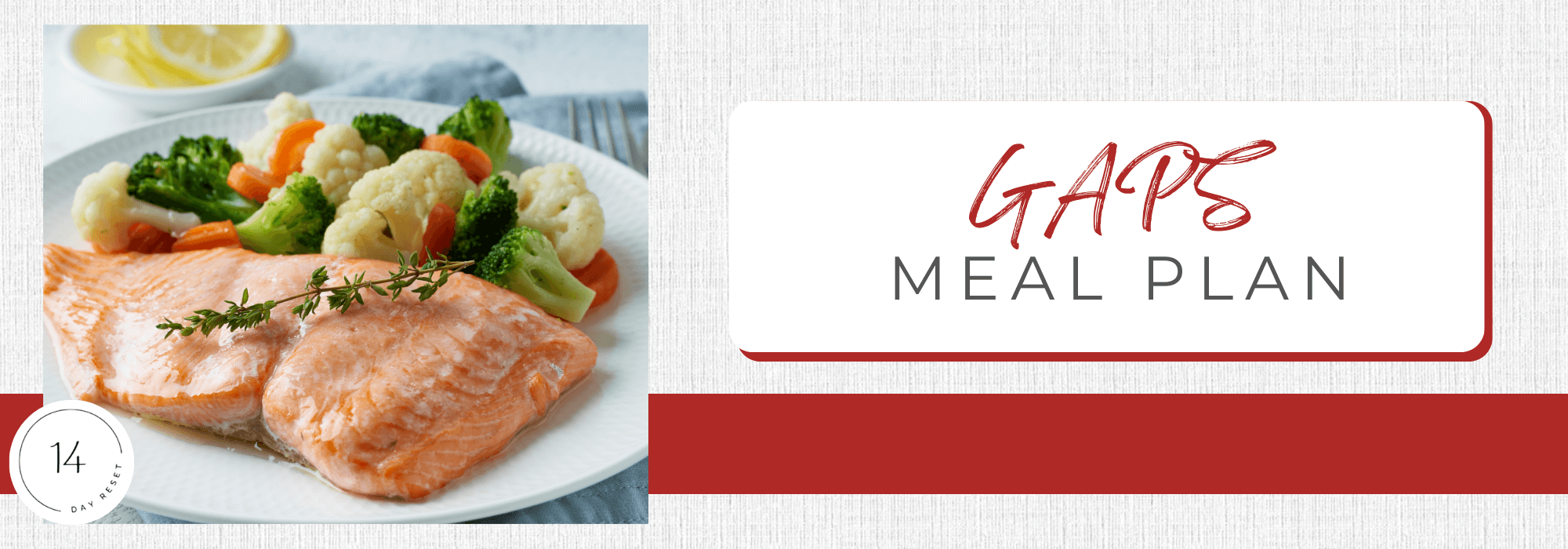
The GAPS (Gut and Psychology Syndrome) diet is a nutritional protocol developed by Dr. Natasha Campbell-McBride. It is designed to address and heal conditions related to the gut, particularly those that impact both physical and mental health. The diet is often used to manage conditions such as autism, ADHD, dyslexia, depression, anxiety, and various digestive disorders.
PURPOSE AND BENEFITS:
Gut Healing:
The primary purpose of the GAPS diet is to heal and seal the gut lining. The protocol focuses on promoting the growth of beneficial bacteria in the digestive tract, which plays a crucial role in maintaining a healthy gut.
Brain-Gut Connection:
Dr. Campbell-McBride emphasizes the connection between the gut and the brain, suggesting that a compromised gut can contribute to various neurological and psychological issues. The diet aims to improve overall mental health by addressing gut health.
Immune System Support:
A healthy gut is essential for a robust immune system. By repairing the gut lining and balancing the gut microbiome, the GAPS diet aims to strengthen the immune response.
Reducing Inflammation:
Many chronic health conditions are associated with inflammation. The GAPS diet eliminates certain foods that may contribute to inflammation and includes nutrient-dense foods that support an anti-inflammatory environment.
Nutrient Absorption:
The diet emphasizes nutrient-dense, easily digestible foods to improve nutrient absorption. This is crucial for individuals with gut-related issues who may have impaired nutrient absorption.
BASIC RULES:
Introduction Diet:
The GAPS protocol typically begins with an introductory phase, where only easily digestible foods are consumed. This phase helps reduce the workload on the digestive system and promotes gut healing.
Elimination of Certain Foods:
The diet eliminates processed foods, grains, refined sugars, and starchy carbohydrates. Dairy is also restricted initially, and some versions of the diet exclude dairy altogether.
Emphasis on Broths:
Homemade bone broths are a central component of the GAPS diet. They provide essential nutrients, amino acids, and gelatin, which support gut healing.
Probiotic-Rich Foods:
Fermented foods, such as sauerkraut, kimchi, and homemade yogurt (once dairy is reintroduced), are included to promote the growth of beneficial bacteria in the gut.
Gradual Reintroduction:
As the gut heals, certain foods are gradually reintroduced to test tolerance. The progression from the introductory phase to a more diverse diet is individualized.
THINGS TO AVOID:
Processed Foods:
Highly processed foods, including those containing additives, preservatives, and artificial ingredients, are to be avoided.
Grains and Starchy Carbohydrates:
During the initial phases, grains and starchy carbohydrates are restricted to reduce the workload on the digestive system.
Refined Sugars:
Foods with refined sugars are eliminated, as they can contribute to inflammation and negatively impact gut health.
Certain Dairy Products:
Dairy is initially restricted, and some versions of the GAPS diet may permanently exclude certain dairy products due to potential sensitivities.
Inflammatory Oils:
Oils high in omega-6 fatty acids, such as vegetable oils, are avoided. Instead, the diet encourages the use of healthy fats like coconut oil, olive oil, and animal fats.
It's important to note that the GAPS diet is a therapeutic approach and should be undertaken under the guidance of a healthcare professional, especially for those with pre-existing health conditions. Individuals considering the GAPS diet should consult with a healthcare provider to determine its appropriateness for their specific situation.

- Foods Allowed During Stage 1
- Foods Allowed During Stage 2
- Foods Allowed During Stage 3
- Foods Allowed During Stage 4
- Foods Allowed During Stage 5
- Foods Allowed on the Full GAPS Diet
- Foods Allowed on the Full GAPS Diet (continued)
- Foods Allowed on the Full GAPS Diet (continued-2)
- Foods Not Allowed on the Full GAPS Diet
- Foods Not Allowed on the Full GAPS Diet (continued)



